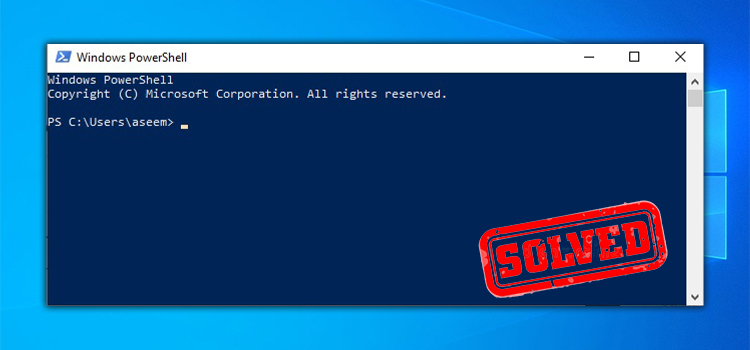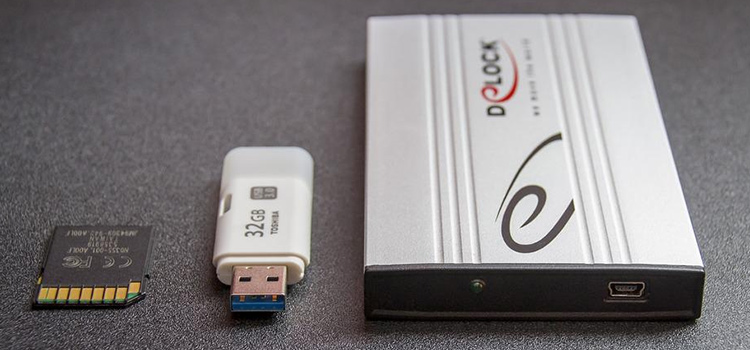The DevOps Guide to Building a Robust QA Strategy
DevOps – development, and operations – is the practice of organizing these software features to reduce bottlenecks and improve delivery. With continuous integration and delivery, the method uses an agile approach, but the delivery and deployment can move on without needing elegant steps.
Software developers need quality assurance (QA) as a form of oversight to show their products are ready for the market. A robust QA strategy involves testing the product to ensure it works securely. DevOps should employ several strategies to prove the product works and delivers the brand’s expectations.
When your team builds a robust QA strategy, you immediately get faster feedback to fix issues. Your crew can cover platforms faster without worrying about mobile and web fragmentation. A concentrated process removes time constraints so you can run at scale and speed up your time to market.

Regression Testing
DevOps strives to get products to market faster, but some steps, like regression testing, can slow the process. This type of testing ensures that the product still works after developers make changes to the code. Busy DevOps teams can employ regression testing services to keep the product on schedule.
Use Automation
Automation speeds up the process and takes away human errors. DevOps teams usually rely on manual testing, which takes too much time and opens space for mistakes. After manual testing, the companies find themselves delaying their product release. Bugs often find their way into the product causing further delays.
When DevOps teams choose automated testing, they get the consistent validation they need. Automated tests are unbiased and can run nonstop, without needing breaks or overtime pay like human employees. Companies can integrate automated testing into their flow without building new ones for every product.
Adopt Pair Testing
When manual testing is the only tool your team can use, pair testing speeds up the process. Two team members test, probe, and analyze the outcomes. Not only does this process speed up testing, but it also helps departments work together and share their problem-solving techniques.
While testing, teams talk about the unit assessments and end-to-end tests with real situations the unit tests fail to cover. Working together ensures that features function correctly. Otherwise, the team adds new code and catches regressions before they create problems.
Use Supporting Frameworks
Your team can also implement supporting frameworks to provide a reliable testing structure with assertion functions. The framework should display the test results so your organization can watch what happens and closely inspect the code coverage reports. DevOps teams benefit from using a browser-like environment while they execute their tests with mocks, spies, and stubs.
Test with Enterprise Labs
Enterprise-class labs have the tools that DevOps teams need to speed products to market. They are secure with tools that can scale. The lab can test all types of software because enterprises stock them with the newest platforms for mobile and web needs.
Enterprise labs also support automation, making them turn-key operations for DevOps groups.
Invest in Advanced Reports
DevOps teams need test reports; they best provide details and actionable steps located within the reports. With advanced reporting, groups can find problems and correct them quickly. Without advanced words, time slows as developers pick through them to find errors and delay the product’s release.
Employ Headless Browsers
Another way to speed up QA is to employ headless browsers or browsers without user interfaces. These developer-friendly tools provide stability, and best of all – they’re free for businesses. Software engineers plug the headless browser into their platform and get to work. The browsers give access to testing and auditing in JavaScript so that DevOps teams can scale test automation.
Monitor Continuously
Your team can proactively monitor the software development in real-time to get a coherent picture of the process. Continuous monitoring allows DevOps groups to delegate builds and tests while overseeing the production environments. They can also watch the execution results and take action based on the reports.
Wrap Up
Each DevOps team needs to find its unique solution. What works for one company might not work for another. However, with trial and error, DevOps groups will find the strategy that provides the best QA outcomes.
Subscribe to our newsletter
& plug into
the world of technology





